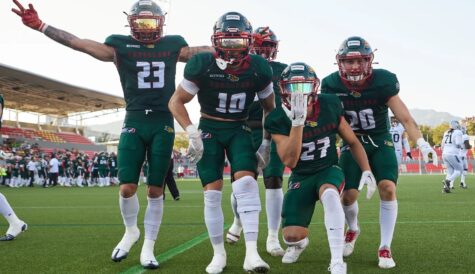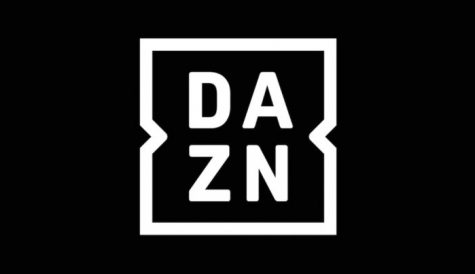MELS speakers mull future of FAST in US and EMEA

Source: AdobeStock
While FAST is still dominated by the US market, there is a strong prospect for growth in EMEA despite the presence of well-funded and widely used public and commercial free broadcasting services in that market, according to speakers at the Media & Entertainment Leaders Summit in London today.
The US will dominate the US$13bn FAST market in 2028, with western Europe just surpassing US$1 billion, according to data from Omdia. However, western Europe will be the second largest market globally, Matthew Bailey principal analyst, media and entertainment, Omdia told attendees.
While the US market is ahead of the other markets in terms of volume, there is a greater need on the part of individual services to cut through the noise to achieve reach, said Bailey.
“There will be increased importance on cutting through the noise and there will be consolidation in the market,” he said.
Bailey said that FAST consumption is generally complementary to other forms of media consumption. Some 97% of FAST users also use other free TV and AVOD services, excluding social media video.
FAST in the US has been driven by cord cutting. People who have churned form pay TV turn to FAST. However, in Europe there is a strong free TV ecosystem which could be an inhibitor to take up of FAST.
Bailey said that in markets with strong FTA TV, take up of FAST will be influenced by broadcasters. Broadcasters will have an outsized impact on FAST, with 28% of FAST revenues going to FTA broadcasters with FAST channels by 2028. FAST’s share of linear TV advertising in Europe will also be smaller than in the US by that date.
Nevertheless, FAST and AVOD will be the main drivers of growth within an overall advertising pie that will remain largely stagnant in western Europe, said Bailey.
Increasing quality
Speaking on a panel on FAST following Bailey’s presentation, speakers highlighted growth prospects for FAST but accepted that growth rates will vary between markets with different characteristics.
Jennifer Batty, head of content acquisition at Samsung TV+, said that people now view more video on connected TVs than on other screens and the quality of content on FAST channels is increasing dramatically.
“The quality has really increased. Because we’ve seen such a step change when you go home and watch it, you really don’t know what you are watching – it’s just a TV channel,” she said.
Batty said that “we are seeing monetisation pick up” in terms of FAST. She said that Samsung was looking to programmatic selling but also more direct sales. Samsung partners with other companies in certain markets, such as TF1 in France.
“As streaming picks up, ad sales pick up,” she said, arguing that it is increasingly difficult to distinguish FAST from other forms of free TV.
Single IP channels can work well for strong brands, she said, highlighting partnerships with ZDF Studios and Zee in Germany. Another example is a partnership with Newen for a single IP channel in France. However in Spain, Samsung has teamed up with pubcaster RTVE to retransmit its channels on the FAST platform.
Batty said that Samsung tries to work as closely as possible with partners to share data where it is possible. “The more we can help build a strong channel, the better for us,” she said.
She said that FAST is complementary to other forms of viewing.
Speaking on the same panel, Patrick Rivet, CEO of Canal+-owned channel distributor Thema said that Thema had clearly focused on the FAST opportunity in the larger US market. He said that Thema was also using FAST to promote paid video including SVOD. He cited the example of Kanal D on Roku, where a FAST channel is used to promote the SVOD offering.
He said the monetisation opportunity from FAST “really depends on the market”. In the US, for example, where consumers pay huge sums for pay TV subscriptions that also include advertising-supported channels, the opportunity is greater, he suggested.
Rivet said that FAST players “want to be everywhere” rather than strike exclusive partnerships with FAST operators, to achieve the scale that is necessary to make the business work.
Gaining access to data to make the channels stickier and more profitable is key, he said. “We are not there yet,” he said.
Richter said that FAST was “just one line” in the video universe. “FAST will continue. You need to provide it but you also need platforms to add subscribers,” he said.
Also on the panel, Robert Richter, head of M&E partnerships EMEA, Google said that Google was still at an early stage in FAST. He said it was Google’s business to partner with the industry to help content providers deliver content delivery strategies that work for their shows.
“Going down the line, we will see experiments, some of which will fail. We will see more emphasis on quality than quantity,” he said.



